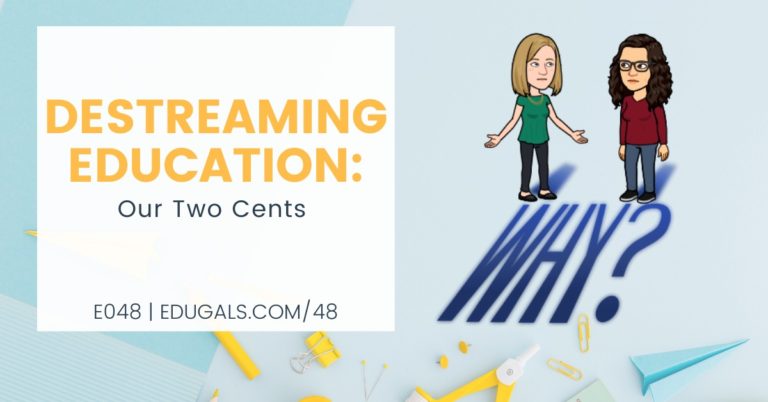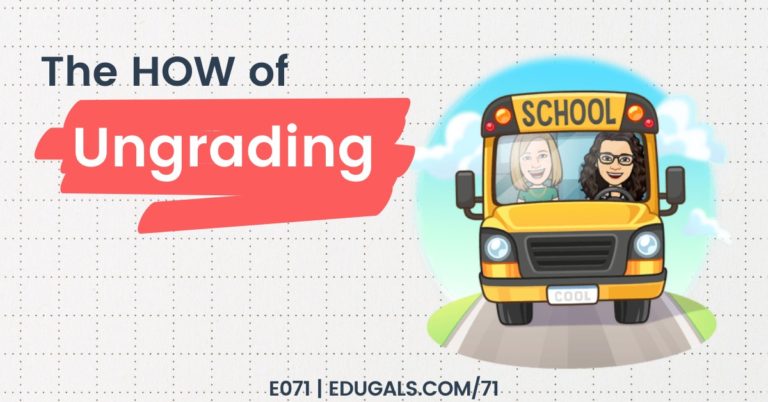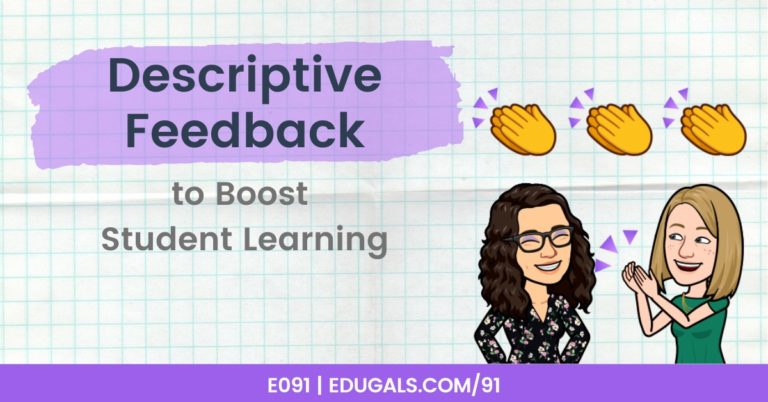When you first get started with mastery-based learning, you might start to wonder how your grading practices need to change too. Grading needs to reflect how much you value mistakes in learning and multiple opportunities for students to demonstrate their understanding of the skills or concepts.
Mastery-based grading is an approach that is focused on clearly defined learning outcomes, allowing reattempts without penalty, lots and lots of helpful feedback, and, ultimately, grades that reflect student progress.
If you’d like, you can listen to our podcast episode below, where we are discussing mastery-based learning, with a specific focus on grading. We are going to share some of our own learning on the topic, as well as some guiding principles to keep in mind as you are exploring grading in mastery-based classrooms.
And if you need some help getting started with even getting started with mastery-based learning, be sure to check out our post on building mastery-based structures in your classroom. There you will learn all about the idea and pedagogy behind mastery-based classrooms.

Getting Started With Mastery-Based Grading
The funny and/or challenging part of this topic of grading is that there is no clear answer. It really comes down to being flexible and figuring out what works for you and your students.
The Modern Classrooms Project is a great place to start. They have their free online course where they go over the basics, share exemplars, etc. Your best bet is to go through what they have shared and figure out what is your style, what are your goals, and what is your curriculum.
From there, you need to find grading solutions that work for you and your students. You also need to make sure it fits with your colleagues, or teachers with whom you are co-teaching, as well as the reporting guidelines in your Board or District.
That may look like quizzes and/or tests, or it may look like projects or other tasks. There is no one-size-fits-all in terms of what evaluation will look like – and that’s okay!
Reporting Periods For Mastery-Based Grading
Here in Ontario, we have different reporting periods when we, as educators, have to be accountable: 5th week reports (to indicate students struggling at the beginning of a course), midterms, 15th week reports (where students are considered at risk of not getting the credit), and then final reports.

In the first five weeks of a course, we are learning about our students and taking the time to really get to know who they are and how we can support them. These 5th week reports do not report a mark, but rather the progress of the student. It is fairly typical that there are not very many evaluations at this point in the course.
If you have a mastery-based classroom set-up, you could potentially have a good chunk of lessons completed by students, with mastery checks, that you could then use to help inform how a student is progressing. They don’t have to be major evaluations. If anything, mastery-based learning helps with grading at this point in the course.
Mastery-based does not mean that there isn’t a rough schedule or timeline for completion. A classroom still needs pacing and structure. You can’t be completely or fully self-paced.
What Marks To Include In The Final Grade?

This one is essentially a key question without any real answer. To answer this question, you have to consider your definition of mastery. If mastery has to be 100%, then the grade you would put in is 10/10. If they haven’t mastered it, then you put a soft zero until they master that skill.
At a progress report – if they master 7 out of the 10 skills that they should have mastered based on your rough schedule, then they earn 70%.
Some teachers don’t grade mastery checks, so there could instead be an assignment or other task that will then be graded. Mastery definitely shouldn’t be the ONLY grade that is included in mastery. For a science class you can include a lab report, or a project of some sort as well. You have lots of choices as to what you can include.
From there, you can add in the Mastery check marks as well, or you can just include your summative marks.
Unit Tests: Do Students All Write On The Same Day?
With mastery-based structures, students tend to be staggered in terms of mastery and completion, so it begs the question as to whether or not all students write a unit test on the same day.
It doesn’t have to be a one date for all approach – you can stagger it and have a window of time where students need to complete evaluations. This way, students are able to prepare and feel more ready for evaluations.
Grading Categories in Ontario
Here in Ontario, we also have the added complexity of grading categories. All courses final marks are broken down into Knowledge and Understanding, Thinking and Inquiry, Communication, and Application.
It becomes a little more complicated, because teachers will have to determine whether the skill being mastered falls under one specific category, or more than one, and how that can be distinguished. This makes grading a mastery-based classroom a bit more confusing, though certainly not unmanageable.
The biggest thing to remember is to always make sure that whatever skill you are evaluating in a mastery-check has been taught explicitly. You should not be marking for skills that you did not explicitly teach. And this brings us to backwards design, and how you have designed your lessons, mastery checks, etc.
Designing Lessons & Backwards Design To Support Mastery-Based Grading
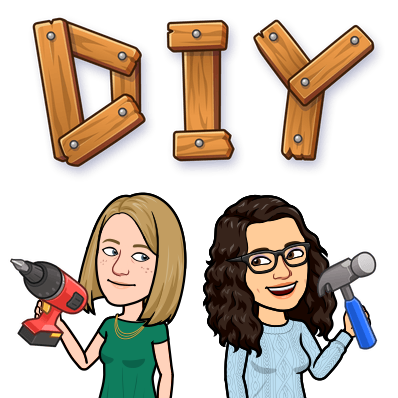
In order to avoid confusion, and to keep learning expectations clear, it’s important to start with a very clear learning goal or skill to be mastered. You need to figure out what you want students to learn from a lesson, and how you can determine if they have mastered a skill, and what that looks like.
From there, you go backwards even further and figure out what lessons will be necessary, and what you need to include in these lessons to ensure that the learning goals can be met, and students will be able to demonstrate mastery.
It’s common sense, but a little more intense. We know backwards planning is the way to plan a course, but as we get comfortable we sometimes lose sight of that and we may forget to work in this way.
Mastery-based can also be a bit intimidating, particularly in an English as an Additional Language classroom. Often we have to flex and change direction based on student needs, despite what we have anticipated or planned initially.
Mastery-based learning means that we need to anticipate possible needs ahead of time and have these lessons ready as students need them. Now, this can also be a little more informal, and can rely on a broader range of resources to help deliver this extra support.
While the goal is to create instructional videos with our voice and face attached to it, sometimes we need to settle for done, even if that means finding a short instructional video on YouTube, or recording a quick screencast lesson that isn’t the most visual or perfectly planned.
Student Feedback & Reflection To Support Learning
Make sure you are gathering student feedback throughout a unit, as well as at the end of a unit. It’s important that we get students sharing what is or is not working for them so that we can improve their learning experience. We are here to teach them, not to deliver content in a way that is exciting for us as educators. It’s just exciting when it works for everyone!
We should also be getting students to reflect on their own learning throughout the course. When designing mastery checks, also include something that will gauge their own level of understanding, and how they are feeling with this type of classroom.
Metacognition is also super important because no two students are starting from an identical point in their learning. Some students may have a longer journey to reach a point, whereas others may take less time to master a skill; their reflections on their learning are going to look and sound very different.
Principles of Mastery-Based Grading
The Modern Classrooms Project has provided 3 guiding principles to consider when approaching grading in a mastery-based classroom: Be Intentional, Emphasize Growth, and Focus on Feedback.
Be Intentional
This guiding principle is fairly self-explanatory. Be intentional about what you grade. Don’t just grade every single task that you have students complete. Be intentional and specific in what you include.
Emphasize Growth
This principle for grading stresses the importance of revision. Give students the opportunity to go back and revise their work as many times as necessary to help them learn and grow. It’s important to create that culture of revision and growth in learning, instead of one-and-done.
Focus on Feedback
The final principle of grading is to have a focus on feedback. The feedback is what is important in the mastery-based classroom. Students need to recognize areas that they need to go back and revise, and how they can improve. If students are solely focused on the mark they have received on an assignment, and not the feedback, the importance of growth and revision tend to get lost.
Ungrading Might Be Another Grading Approach To Consider
Jesse Stommel is a huge advocate for ungrading and changing our grading practices as educators. There are lots of connections between MCP and Jesse’s message.
The idea around building a culture of revision and feedback is so important, and overlaps with that same messaging with the MCP. It’s so important that we are really intentional with what we choose to mark, and the feedback loops to make it happen.
Ungrading and mastery-based are very different, while still having a lot of similarities. It’s hard to wrap your head around both concepts at the same time, though, so don’t feel like you have to introduce ungrading and mastery-based concepts together! It really is all about small, incremental changes to help improve our teaching practice.
There is a really great book to check out that deals with ungrading in the classroom. It shares perspectives and reflections from these educators. It is called: “Ungrading: Why Rating Students Undermines Learning and What To Do Instead” by Susan D. Blum.
Ungrading in itself is a beast, though, so perhaps we leave it here for now.
Tracking Student Progress in a Mastery-Based Classroom
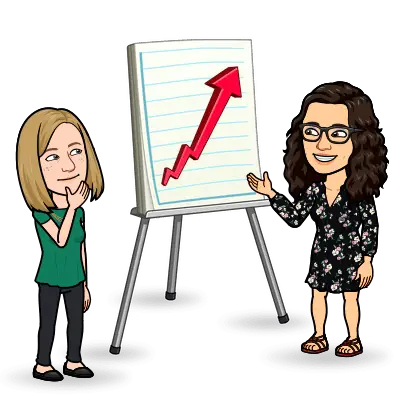
One really important piece that will be helpful in figuring out where each student is at, as well as helping to come up with a grade, is a tracking document.
This could be done in a spreadsheet, with lessons listed, as well as a drop down to show if students have mastered each lesson or not, is a simple and clear option. It will help you to have a clear idea as to the progress of your students, and will help with communication and progress tracking.
These are known as pacing trackers in the Modern Classrooms Project. There are many debates around whether or not these should be posted publicly. It ultimately will depend on your own specific class, the expectations you have developed as a group, and how open students are to having this shown.
To be clear, no grades are included in this tracker, only the current lesson or skill that students are working on for that day.
The Modern Classrooms Project has a bunch of different pacing trackers posted as exemplars, such as the Auto-Updating tracker, as well as the Grid System tracker from Stephanie Howell.
These can also be used to help create intentional groups for students to work in for the day.
If you want to protect student privacy a bit, you could also have students choose a code name, and that is the name that shows up in the tracker.
Remember, no grade ever goes on these trackers.
How to Build Rubrics or Success Criteria
An important aspect of grading is the construction of rubrics or success criteria.
One approach to consider is standards-based grading. This approach takes the goals of that particular lesson, and creating a rubric with four steps – a 4, 3, 2, 1. Instead of numbers, you could also do words, such as “not yet met,” “approaching,” “mastered,” etc.
You will convey to students where they are at in terms of a skill or lesson, and the rubric will have look-for or ‘I can’ statements that will describe each of the levels. These statements will help students understand what they need to do to meet the lesson’s goals.
Another example for a rubric could be: meeting a standard, not yet meeting expectations, etc. There are descriptors for the meeting or mastering a skill, with room for feedback in the other areas. This is an example of a single point rubric – there is room for comments and feedback in areas where they are exceeding, as well as where they are not yet meeting expectations.
You can also include these rubrics in mastery checks so that they can see what they need to do and how to master a particular skill. It makes it a very transparent process for students to know what is expected and what they need to do.
Rubrics can be very general and vague in terms of expectations – this is super frustrating! It’s important that we avoid that language, and that we set them up in such a way that it is clear for students what they actually need to do!
Leveraging Technology to Incorporate Feedback
Providing feedback can also incorporate tech tools! You can do video and/or audio feedback by using Mote, or even Screencastify (or any other screencasting tool).
You can also use a doc or a slide to create the rubric. This helps make the rubric more interactive, and integrates the feedback more effectively.
Overall Views on Grading in Mastery-Based Learning
As educators, we need to find ways to engage students and help them to progress through a course. At times, it may make sense to capitalize on student success, somewhat inflating their marks at times, in order to help motivate students to keep progressing and working their way through the course.
By abandoning the traditional chalk-and-talk, it personalizes education, and allows students to take the time that they need to learn a concept and demonstrate mastery. It allows for a little more one-on-one support for students that may need it, and repeated and individualized feedback helps students to improve and have the chance to do well in the course.
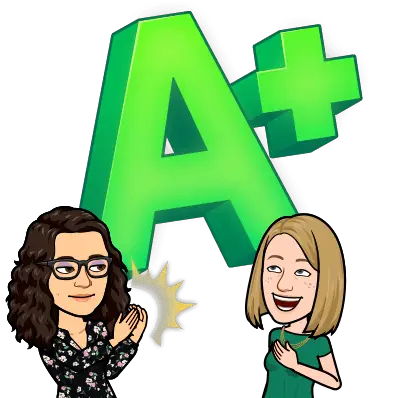
Hopefully we have given you some ideas on how you can grade in a mastery-based classroom. It really is finding your own way that works for you and your students. Explore what other teachers are doing, and see what works for you!
